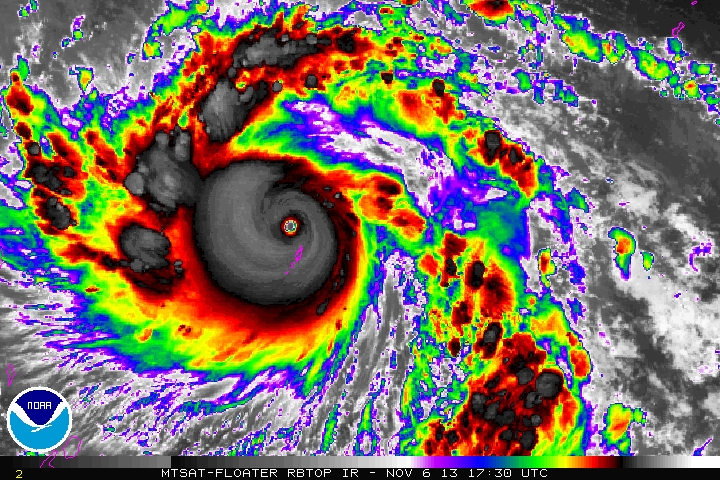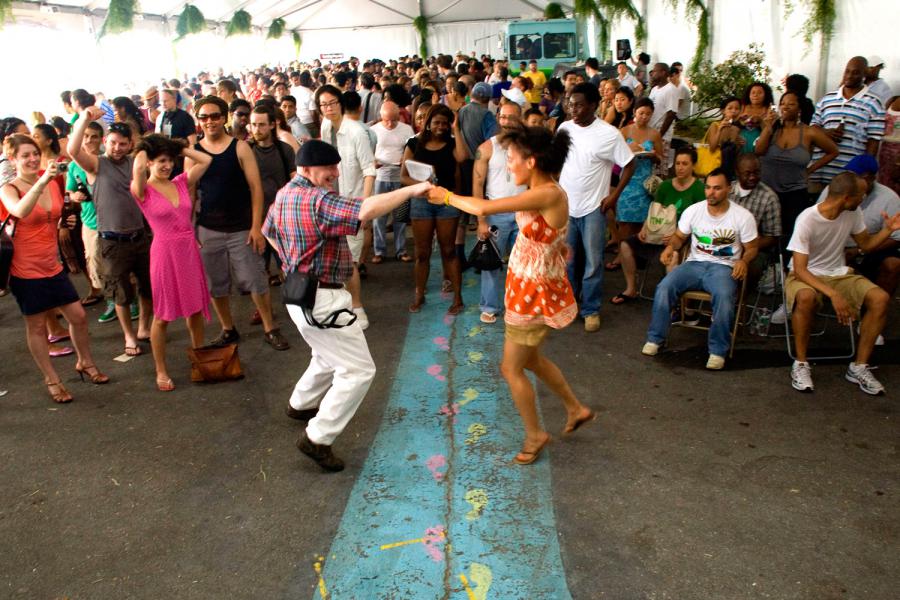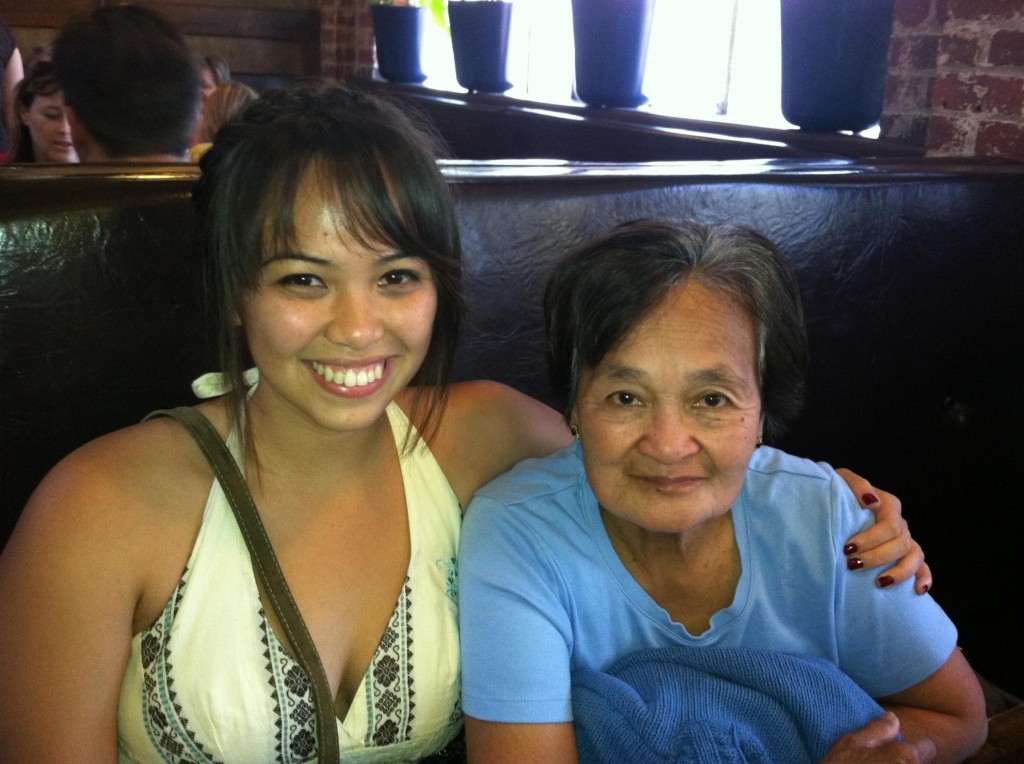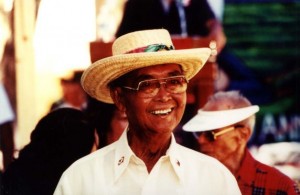Posted with permission from abejARTES:blog. By Jessica Abejar, guest contributor
When news of Super Typhoon Haiyan (Yolanda) hit the Philippines this past weekend, I was completely devastated. But instead of being wrapped up in the sadness at the fact that the strongest storm in recorded history just hit the place my parents once called home, I was faced with my own crisis, a crisis that in retrospect seems completely trivial, insensitive, and utterly selfish. I wanted to share my sadness and send my prayers via Facebook, but I hesitated, wondering if I was Filipino enough to do so.
Oh boy ... here we go again.
I thought I was done with this. I thought I was done justifying my sense of Filipino pride to, well, other Filipinos. And most importantly, I thought I was done with showcasing that on Facebook!
These crises have happened before. The chance to what felt like trying to one-up one another in showing the most pride for our country. But whenever I had my chances, I would coward in shame. I never felt Filipino enough. Then I would start wondering why I never had pride in a province (I guess because my parents are from Manila) or why I don't know the language (I do call my parents "Nanay" and "Tatay") or why I'm not so into joining Filipino organizations as I should be (but I volunteer as a youth coordinator at a Filipino chapel). Then I would fiercely defend these thoughts (just as I did) with claims of knowing all these traditional dances (and owning some fabulous costumes), eating Filipino food (Nanay's is the best!), and dancing in the Philippine Independence Day Parade (TWICE! The first time was before I even had any identity crisis!).
Just as I say in my poem "I Am, ver2.1," why should that even be a question? Why would I even think of something like that amidst sheer disaster? Whether or not I am "proud enough" of being Filipino, whether or not I am even "Filipino enough," can I not share in the sadness of what is happening to thousands of innocent lives? Can I not be concerned for family and friends living there? Can I not feel for my father and the heartache he has as he watches news of the destruction of the town in Leyte where my grandparents had grown up in? Can I not pray for them?
The thing is I can. And I should. Because I am human, but also because I am Filipino. A comment left on a CNN update has been making the rounds of the Internet, which to me perfectly describes why I am so proud of being Filipino:
Time to get to the know the hardy Filipino people...unbelievably resilient, long suffering, good natured, uber friendly, loyal, ingenius, and a bunch of survivors.
At the end of the day the Filipinos will just shake off the dirt from their clothes and thongs and go about their business...and SMILE. They do not complain much, they will bear as long as they can.
Maybe this is why they were given the "privilege" of bearing the burden of the strongest typhoon ever recorded.
The indomitable human spirit at its finest.
- comment by "dudesk001" left on this CNN.com article
I love the rich history of our most wonderful characteristics, of how Filipinos became who they became, amidst destruction, turmoil, and corruption. I love how that spirit runs through my veins and that I can take these with me wherever I go, whatever place I call home. I love how it perfectly balances out with my New York personality. And I love taking pride in all of this. To be a descendent of these people. To inherit their strength, their faith, their humility, and their kindness. That I am so very proud of.
So maybe there is no need for me to let an identity crisis stop me from posting a Facebook status of my concern ... besides there are other ways to show I care. God knows- I share in your pain, kababayan. The Philippines and its beautiful people will always have a place in my heart.
http://www.youtube.com/watch?v=-J6dnUX9uaw&feature=youtu.be
Currently, I am working on putting together a benefit show to raise funds for relief efforts. Please check back here for more info or e-mail me at abejartes@gmail.com. In the meantime, HuffPost has gathered a list of organizations who are quickly mobilizing and deploying disaster relief efforts here. And of course, please continue to pray for our families, friends, and kababayan.
Photo credit: Washington Post/NOAA








